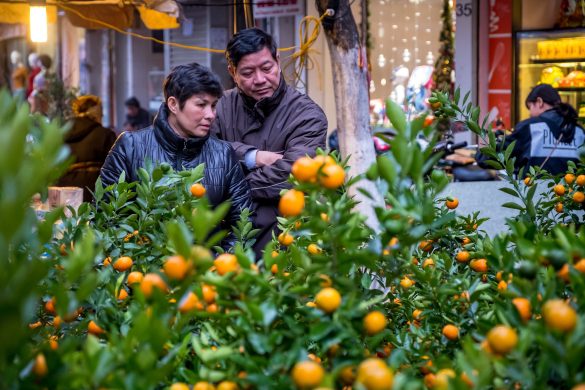Davao er en af fire byer, som regeringen i Filippinerne har udpeget til at være i høj risiko for klimarelaterede farer. Byen har hidtil fokuseret på at håndtere naturkatastrofer, når de indtraf, men skal nu forebygge, tilpasse sig og om muligt undgå, klima-relaterede katastrofer i fremtiden.
DAVAO, 6 March 2013 (IRIN): When asked what resilience (modstandsdygtighed) means, the head of city planning for the Philippines’ second largest city, Davao, said that for Filipinos it means how high floodwater reaches before they agree to be evacuated.
“In our most recent flooding, that level was chest-high,” said Roberto Alabado III, referring to flooding in mid-January that affected thousands of city dwellers (beboere), most in slum areas, who refused evacuation until they were chest-deep in floodwater.
“That is our limit,” Alabado wryly noted.
Særligt udsat for klimarelaterede farer
Davao is one of four cities the government has identified as being at high risk of climate-related hazards. It was near the path of the Category 5 (winds of at least 250 km per hour) Typhoon Bopha that hit the southern island of Mindanao in early December, leading to some 2,000 people dead or missing.
“It is scary,” admitted Alabado. “Can we handle everything? We have not solved [all our] problems from the past 20 years – including sanitation – and now we have to think about [climate-related] problems for the next 20 years.”
Nye behov for klimatilpasning
Most of the city’s disaster initiatives have been on the response side, boosting the city’s reputation as among the strongest nationwide in emergency response (it opened a “911” integrated emergency response service in 2002, patterned after the US hotline).
But officials have since realized the city needs also to prevent, adapt to and, if possible, avoid, climate-related disasters, he added.
Læs hele artiklen her: http://www.irinnews.org/Report/97600/Filipino-cities-tackle-climate-change
Læs videre fra: “Awareness is not enough…”














